The Ski King was designed by company founder Glen L. Witt—a keen water-skier and a boat designer—in 1953, the year he went into business selling plans and kits to home boatbuilders. Although he enjoyed boating in his own 15′ Ski King for many years, at some point sales of the plans diminished and they were removed from the Glen-L catalog. But in 1976, Dwain Colton of Portland, Oregon, was keen to purchase a set of Ski King plans which, luckily, were still stored within the company’s archives. As it turned out, Dwain didn’t complete his Ski King until 2003, but the plans are now in Glen-L’s online catalog and “even made it back into our print catalog, which is something that I don’t remember ever happening before,” said Gayle Brantuk, Witt’s daughter who now runs the company.In August 2017, Jonathon Clark, a former manager in the construction industry, started a 40-week course at the Boat Building Academy in Lyme-Regis. He decided that he would build a Ski King and ordered a set of plans and instructions from Glen L. He could have gone started making the frames—the comprehensive plans include detailed frame dimensions—but because lofting is required part of the Academy’s curriculum, Jonathon began work by drawing the lines full size.As the lofting process progressed, Jonathon investigated what engine he would install. The plans recommend engines between 45 and 90 hp, noting “the only limitation on the motor is size.” In the higher horsepower range, only car engines would fit; they would have to be marinized, and Jonathon didn’t want to take on the additional challenge. He looked for as big a marine diesel as he could find, and this led him to a 57-hp, four-in-line, water-cooled Yanmar. He soon discovered that this engine wouldn’t fit in the Ski King as drawn, and so he would have to stretch the hull. The plans say that it’s acceptable to increase the 15′ length by up to 10 percent, to 16′ 6″, by spacing the frames farther apart. Jonathon had more or less completed the lofting at this point, so to stretch the hull to 16′ 6″ he simply extended the stern and added an additional frame.
Join The Conversation
We welcome your comments about this article. If you’d like to include a photo or a video with your comment, please email the file or link.

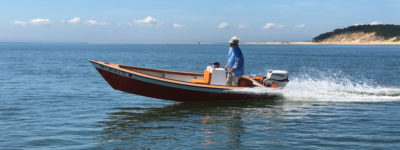
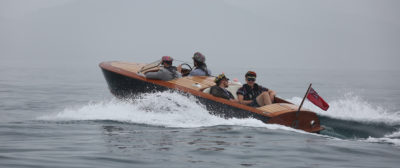
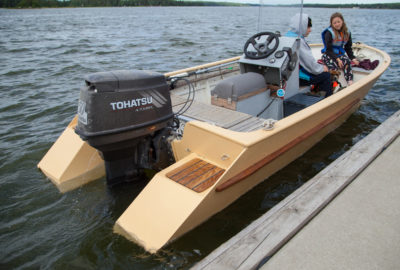
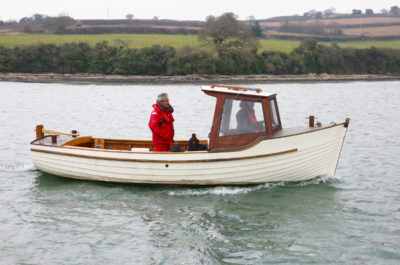
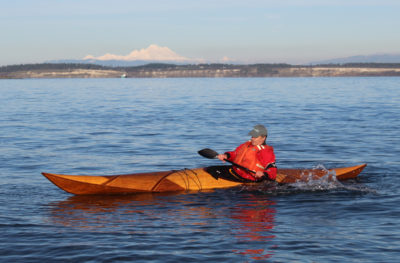
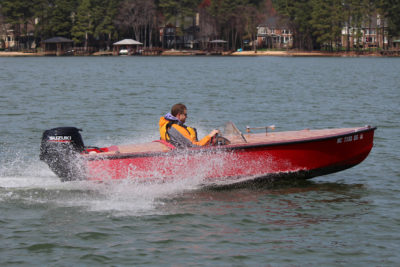
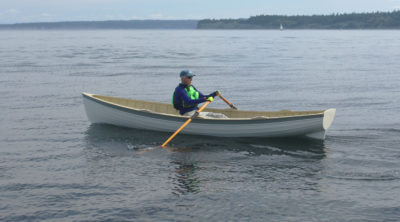
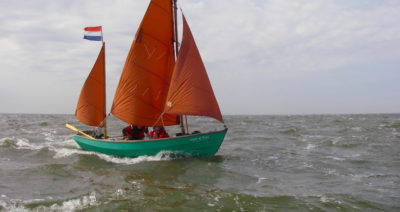
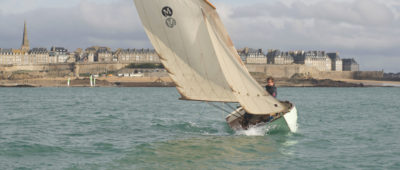
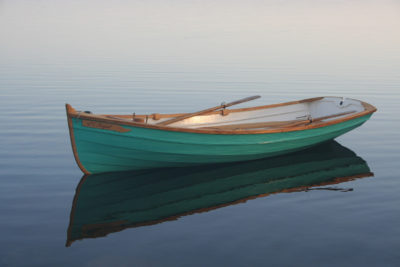
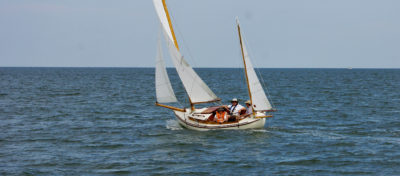
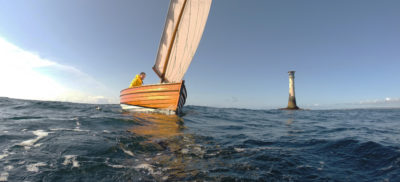
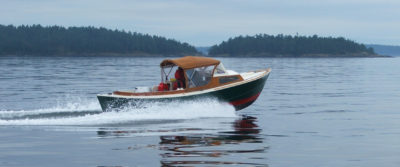

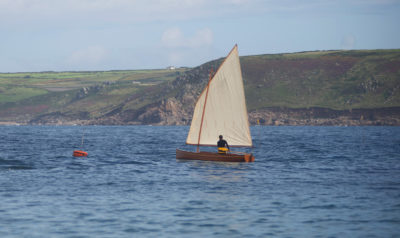
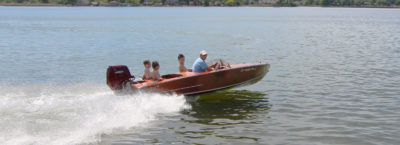
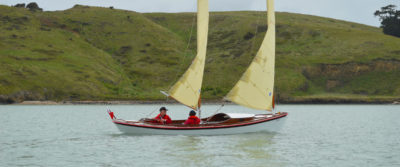
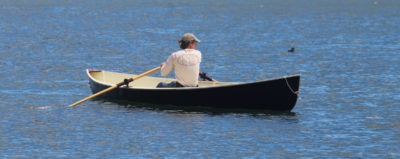
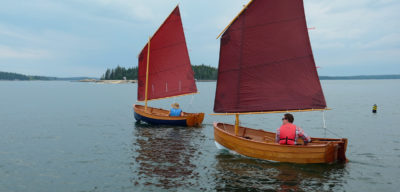
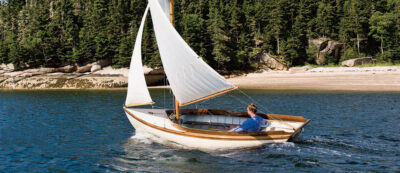
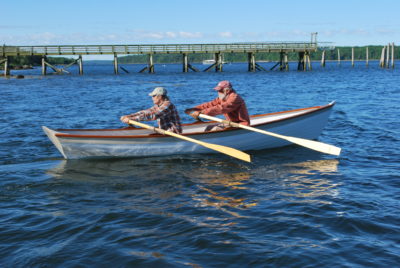
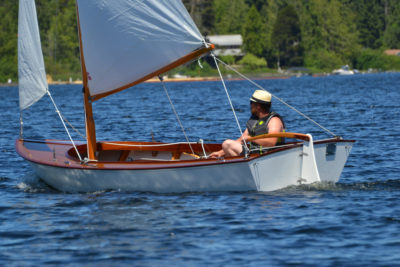
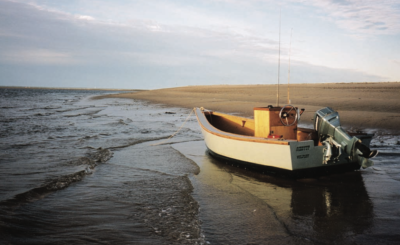
Beautiful boat, Jonathan! Congratulations—we are very proud of you.
Gayle Brantuk
Glen-L Marine Designs